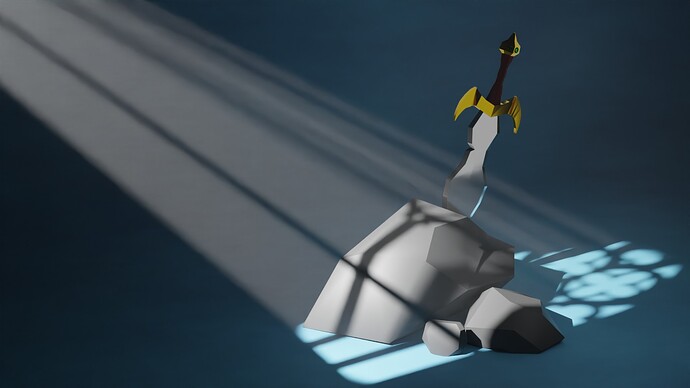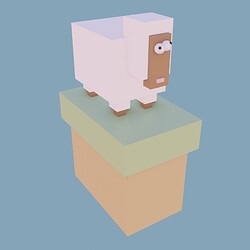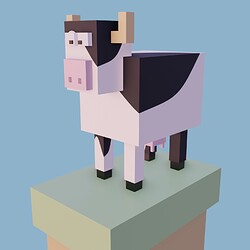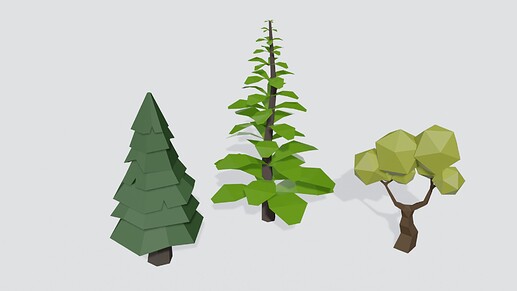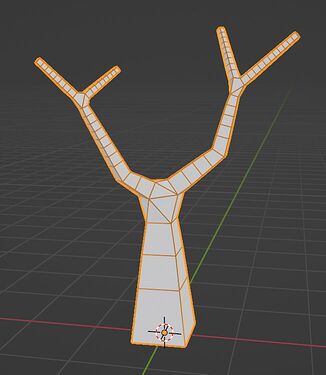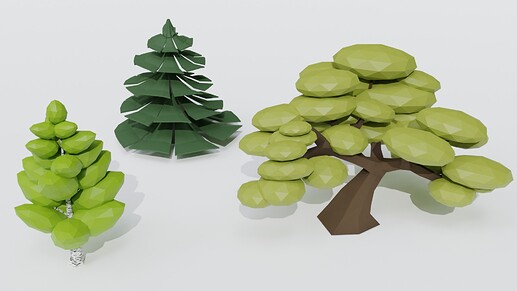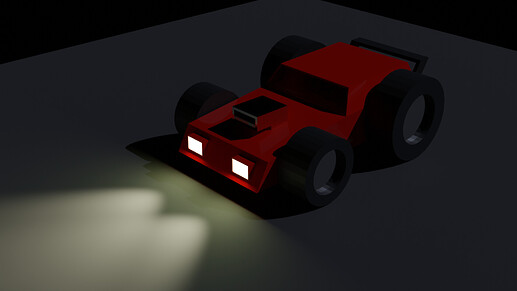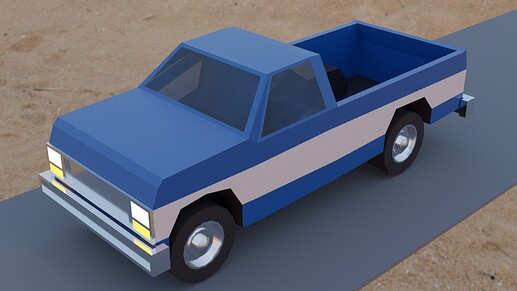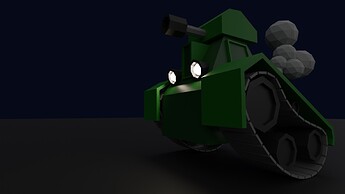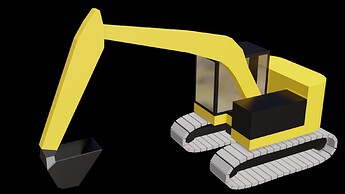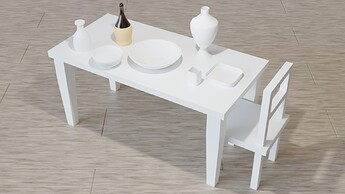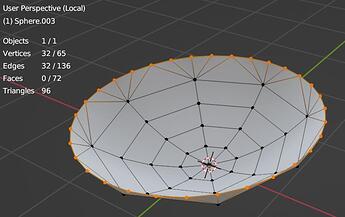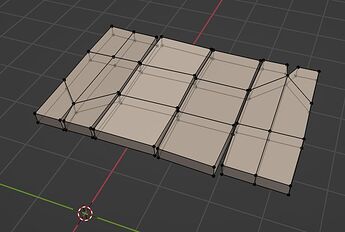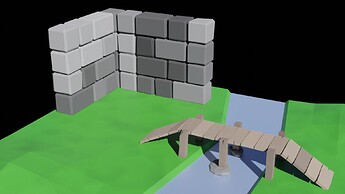Hi. @joseph encouraged me to start posting my newbie work, so I’ll give it a go. I’m new to Blender, just a few weeks, and while I have experience with 3D software, I worked as a programmer, and never learned much proper modeling. So I know my way around how many things work technically, but I am a novice to creating anything manually. My proximate reason for learning to model now was that I got sucked into playing House Flipper, was constantly wanting more items for decorating, and then realized that it has a Steam Workshop, and I could make my own assets. Huh. Maybe it was time to give Blender a serious try.
I’m not an artist; I have no training in anything artistic – but I love looking at other people’s art, and I have stuff in my head, and it occasionally wants out, which doesn’t really go well because I lack knowledge of techniques in anything but photography, and had no time to acquire those (workoholic). Anyway, though I have gotten to the point where I can make many of the assets I originally wanted to learn how to make, ironically my focus has already shifted. I am now much more excited about the multitude of things Blender can do beyond that, and I want to learn ALL THE THINGS. I’m not playing House Flipper anymore, instead I practice in Blender.
I want to chronicle my learning experiences in one place because that sort of thing has always been interesting for me to look back on. Also, because in any community I participate in I want to give back, and since I can’t post any amazing art pieces that’ll inspire people, maybe I can share with other beginners that it gets better, and how. ![]()
2022-04-25 Ye Olde Glazed Torus of Doom
I started with the infamous donut. Mistake. I got to the icing with much cursing, and somehow my mesh was really messed up, and I had no idea how to fix it. And when I started over I realized what I had already suspected – that the tutorial proceeded in a way that nothing much had really stuck. I decided to cut my losses and start with something much simpler.
2022-05-05 Low Poly Blocky Sheep
And I got really, really lucky; I stumbled upon Grant Abbitt’s YouTube channel. Low poly, cartoonish, game art oriented. I was so demotivated by the donut failure that blocky sheep with googly eyes seemed like just the thing to cure that.
Yeah, that was clearly more my speed at that point. ![]()
Here’s the tutorial for it, if the donut gives you grief: https://www.youtube.com/watch?v=wNQYhbvTJi8 – Grant is an excellent teacher. He’s calm, he’s clear, he is prepared (no extraneous rambling), he KNOWS what sort of stuff gives beginners trouble, he repeats important steps more than once. Success is certain, and nothing is more motivating than getting it right and understanding how that came about.
I felt pretty good after this, I had no trouble at all following along, my homework turned out well and I didn’t need to go back to the tutorial even once. (I give myself homework when I learn new things, to anchor the process better in my mind.) This is such a simple model, but it caused me to think a lot about stylization. We’ll get back to that later…
Here I come, Minecraft clone game! (Just kidding.)
